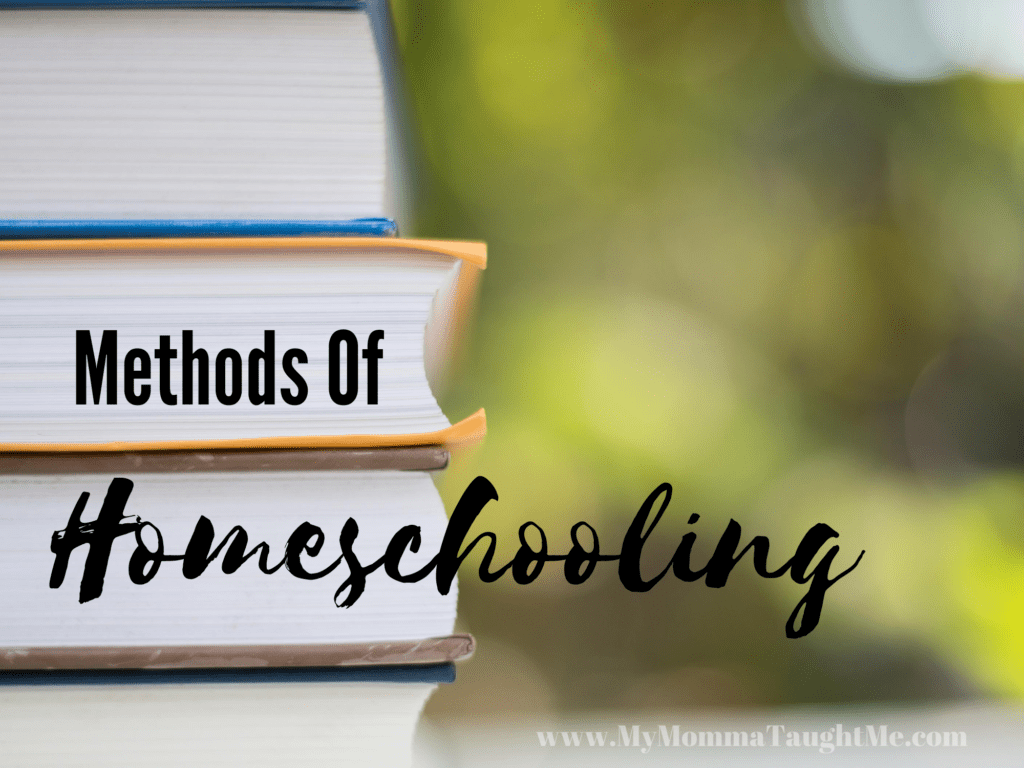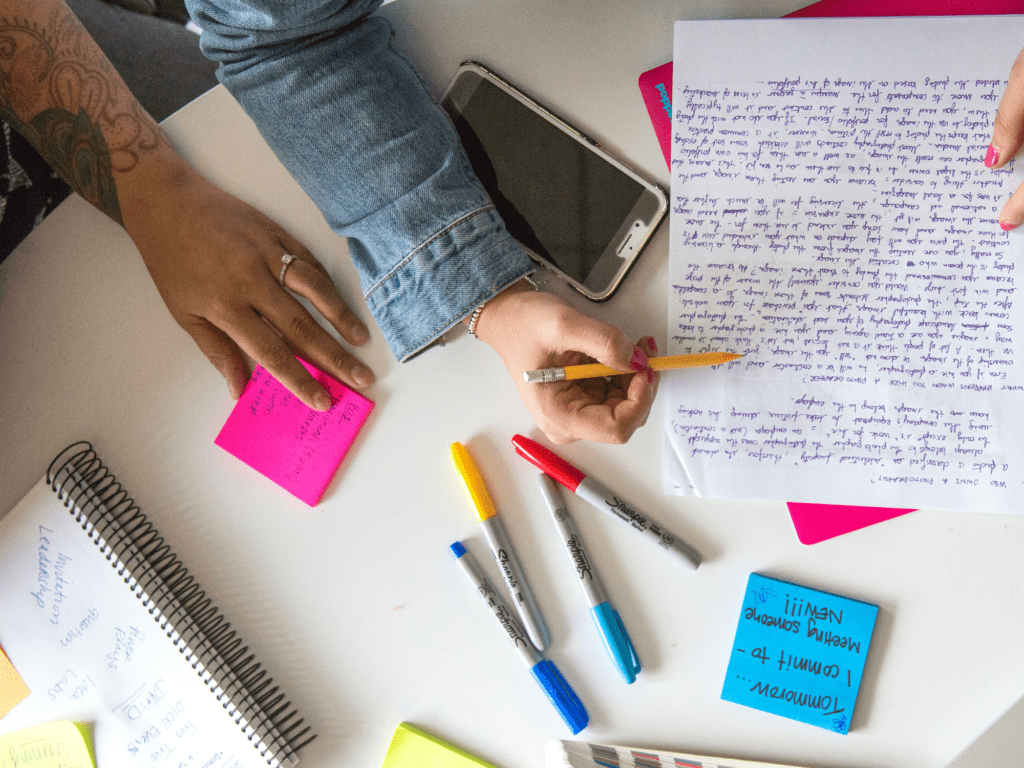Well Known Methods of Homeschooling

When it comes to homeschooling there is a wide range of ways to teach and learn. There are quite a few popular well known methods of homeschooling and there are some others that are used as well. I wanted to share with you what seems to be the most common talked about and then also list some of the others I’ve read about as well. Just because there are known methods does not mean you need to group yourself into one, but sometimes it can be helpful in finding similar homeschooling families or curriculum. You may find you align well with one of these methods or even a couple!
When choosing a method that aligns with your families needs, be sure to find out your states homeschooling regulations first.
Popular Known Homeschooling Methods
- Traditional Homeschooling
- Unit Studies Homeschooling
- Unschooling Homeschooling
- Classical Homeschooling
- Charlotte Mason Homeschooling
- Montessori Homeschooling
- Eclectic Homeschooling

1. Traditional Homeschooling
This one seems to be the term used when homeschooling is just like public school but at home. It is also refereed to as School-at-Home Homeschooling. Often those who use this method will purchasing textbooks, desks, wall posters, and other items that mimic the conventional school setting. This is the one that I aligned with most when starting out.
- It gives new homeschooling families a touchpoint for where to begin
- It provides structure and familiarity to students and parents
- It smooths the transition back to school for students who will only be homeschooling short-term
- Recordkeeping and assessments are straight-forward
- It provides confidence to parents who wonder if they are doing “enough”
Source: Time4Learning
2. Unit Studies Homeschooling
Unit studies are time-specific overviews of a defined topic or theme that incorporate multiple subject areas.
- Families homeschooling children across multiple age groups
- Homeschoolers on the autism spectrum who have intense interests in specific subjects
- Homeschooling parents who want to create their own curriculum
- Families who need low-cost curriculum options
- Homeschoolers who want to break up a traditional homeschooling approach with short-term unit studies for variety
Source: Time4Learning
3. Unschooling
So with unschooling it tends to be a very unstructured method where they focus more on an experimental process of learning. They tend to not use any sort of curriculum at all. This method basically allows the child to choose how much or how little they want to learn.
4. Classical Homeschooling
Classical homeschooling primary has three main topics: Concrete Thinking or the Grammar Stage, Analytical Thinking or the Logic Stage, and Abstract Thinking.
- Provide a core knowledge of the subjects of language arts, mathematics, science, and history
- Put a particular emphasis on Latin learning, logic, and rhetoric
- Employ the trivium to explain the stages of child learning and development
- Often integrate the teaching of values or character education into the curriculum
- Train the mind to analyze then draw conclusions
Source: Time4Learning

5. Charlotte Mason Homeschooling
Charlotte Mason put a heavy emphasis on using high-quality literature to teach children.
- The abundant use of narrative literature
- Plenty of time spent outdoors exploring
- The development of an appreciation for art, music, and nature
- Journalling, narration, dictation, and copywork
Source: Time4Learning
6. Montessori Homeschooling
This method refers to Dr. Montessori’s philosophies on teaching. It invites your child to experience learning in an active way.
- Mixed-age classrooms
- Cooperation and collaboration among students
- Hands-on learning
- Active learning methods
- Respect for each child’s individual learning style
- Freedom of children to choose between learning activities
- Guidance on positive behavior and conflict resolution
- Helping students see connections between traditional subjects
Source: Time4Learning
7. Electric Homeschooling
This comes from mixing and matching a variety of homeschooling resources. Eclectic homeschooling see value in a variety of different educational methods. Often you will find that they blend different resources to create a customized educational plan. Knowing that you can make adjustments as you go, depending on the success of each resource. This is the one that I seem to align with most currently.
- Observing your child carefully over a school year or more to determine their learning style
- Researching available curricula, materials, tools, and local offerings that fit your educational goals and your child’s individual needs
- Blending the resources you find to create a customized educational plan
- Recognition that you can make adjustments as you go
Source: Time4Learning

Other Homeschooling Methods
- Gameschooling Homeschooling
- Roadschooling
- Worldschooling
- Waldorf Homeschooling
- Natural Learning Homeschooling
- Informal learning Homeschooling or Self-Directed Homeschooling
